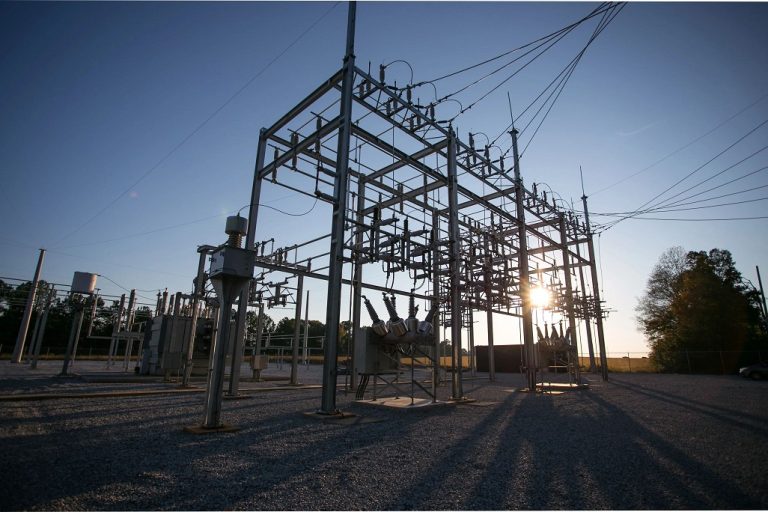By prioritizing these measures, we can mitigate the risks associated with gun violence and maintain the stability of our power grids in an increasingly uncertain world.” In today’s increasingly interconnected world, the resilience of critical infrastructure like power substations is paramount. While these facilities play a pivotal role in ensuring the uninterrupted flow of electricity to homes, businesses, and industries, they are also vulnerable to a range of threats, including firearm attacks. As our society faces evolving security challenges, it’s imperative to address the need for safeguarding power substations against such threats, transforming them from potential targets to secure bastions of power distribution. Power substations, which house essential equipment like transformers, circuit breakers, and switchgear, are essential nodes in the electricity grid. Disrupting their operations can have far-reaching consequences, affecting entire communities and industries. Perimeter Security: A robust perimeter security system is the first line of defense against firearm attacks.
Installing high fences, access control measures, and surveillance cameras can help deter unauthorized access and How to Protect a Power Substation from Gunfire Attacks provide early detection capabilities. Blast-Resistant Structures: Power substations should be designed with blast-resistant structures that can withstand gunfire and explosions. Reinforced walls, bulletproof glass, and ballistic-resistant materials can significantly enhance the substation’s resistance to attacks. Remote Monitoring: Implementing advanced remote monitoring systems enables real-time surveillance and threat detection. In the event of a security breach, authorities can respond swiftly to minimize damage and restore power. Security Personnel: Trained security personnel should be stationed at substations, ready to respond to potential threats. Their presence alone can act as a deterrent, and they can coordinate with law enforcement when necessary. Access Control: Implementing strict access control measures ensures that only authorized personnel can enter substations. Biometric scanners, smart card systems, and secure key management can enhance security.
Community Engagement: Building strong relationships with local communities can be invaluable in preventing attacks. Informing residents about the importance of power substations and encouraging them to report suspicious activities can help create a network of vigilant eyes and ears. Emergency Response Plans: Develop and regularly update comprehensive emergency response plans that outline procedures to follow in the event of an attack. Conduct drills to ensure all personnel are prepared for various scenarios. By implementing these strategies, power substations can transition from being potential targets to resilient fortresses of electricity distribution. It is essential to view the protection of these critical infrastructure components as a shared responsibility among utilities, security agencies, and local communities. In conclusion, as the world becomes increasingly reliant on electricity, safeguarding power substations against firearm attacks is of paramount importance.

